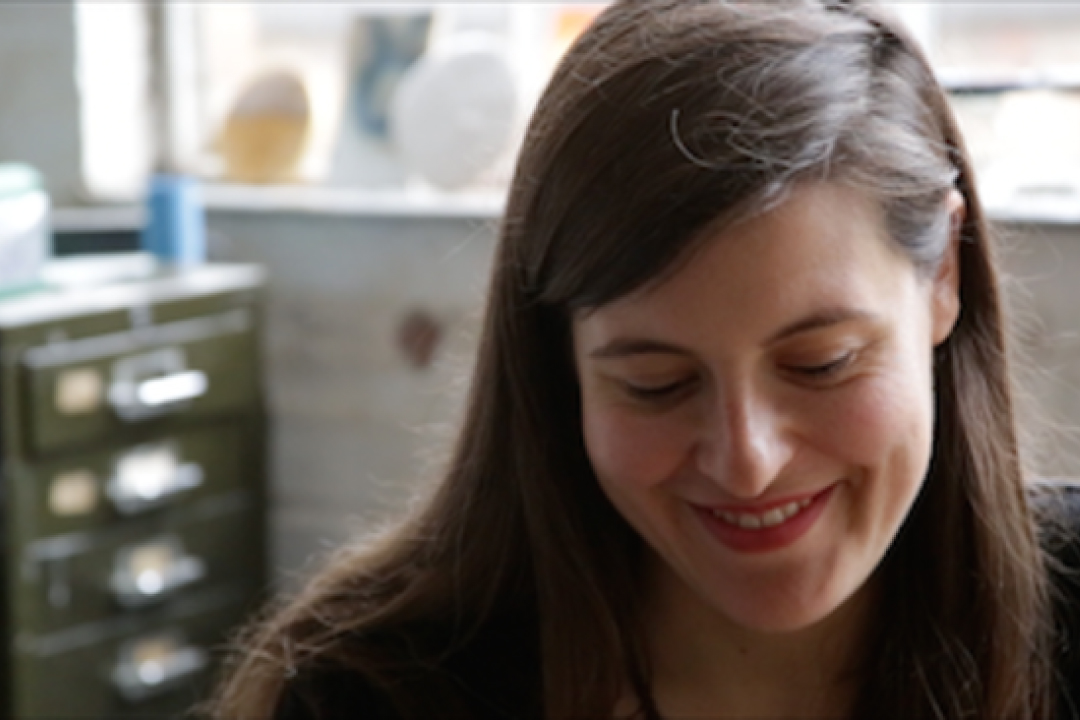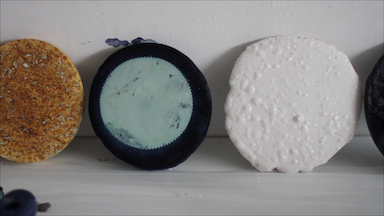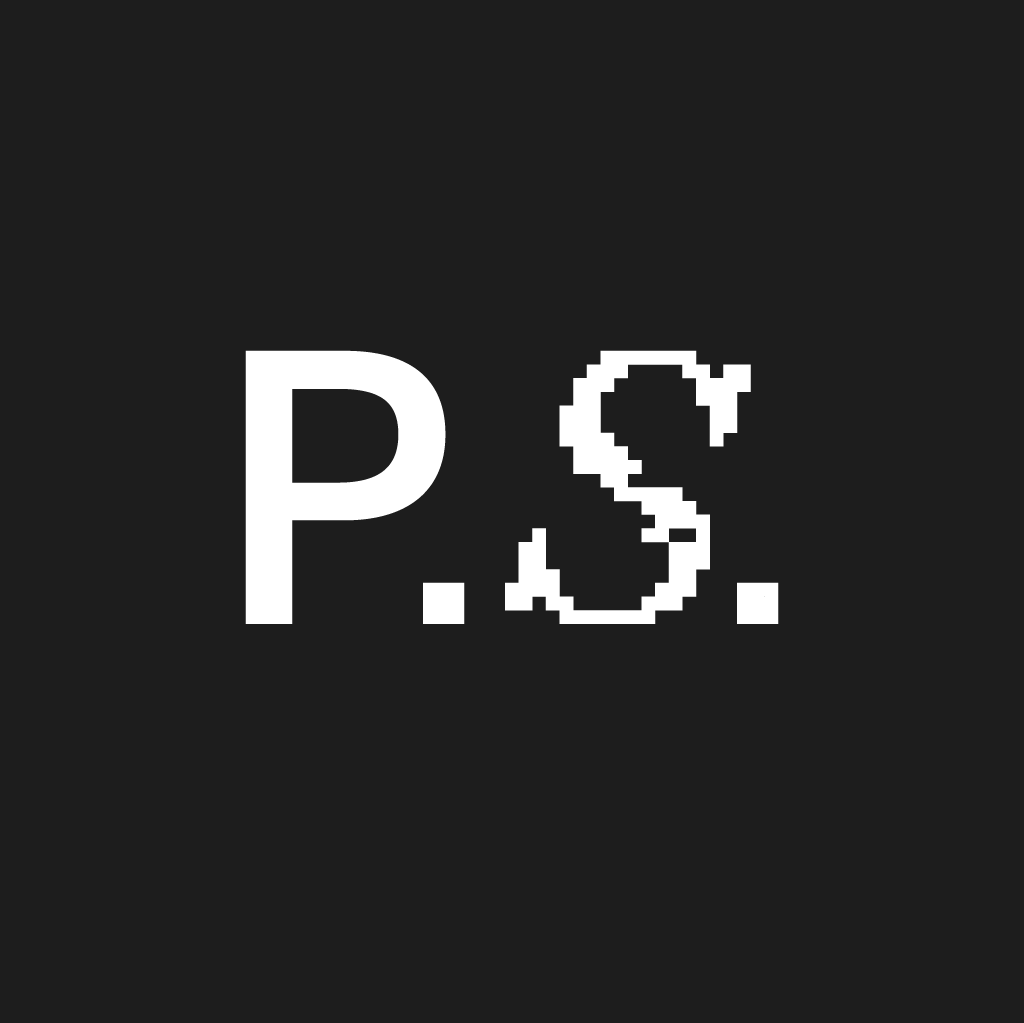Ariane Prin
We meet the London based product designer and discuss sustainibility and her experimental approach to materials

Depending on how ‘green’ you are, the lengths you’re prepared to go to in pursuit of a more eco-friendly existence vary from person to person. Driving a Prius and banking your bottles are undoubtedly positive environmental gestures, but real sustainability calls for more innovative thinking from the bottom-up. Upcycling, though not a new idea, is maybe more effective in reducing how much we throw away by creating a valuable product directly from waste and goes a lot further towards closing the 'waste/recycle/reuse' loop.
Ariane Prin is a product designer doing her best to close these loops. Her focus lies in making site-specific connections between human activities and environmental principles. “I usually just look around me, the place where I am, the people I am working with, the materials that I can find easily and locally”, says Prin. “Also the culture of the place and the need of the people. All that comes together and creates my brief.”
I usually just look around me, the place where I am, the people I am working with, the materials that I can find easily and locally.

For her graduate project at the RCA in London, the critically acclaimed From Here For Here #1 saw Prin build a device that made pencils using waste that had been locally sourced. So locally in fact that they came from the college’s own skips, rubbish bins and waste units. She then sold these pencils back to students at the RCA. One wood dust bag produced 90 pencils so from the college’s 170 bags of waste, Prin was able to produce 15,300 pencils. This production could consequently be economically viable and used to raise income for the RCA.
Prin built on this concept for Here for Here #2, creating a workshop in Willesden, London, where she made objects (such as lamps, stools and bags) using waste material collected from local businesses. Every object was then stamped with the name of its contributor as free publicity in an effort to engage the community in an environmentally aware, socio-economic model of urbanism.
This innovative approach to unusual textures and materials is a theme that runs throughout Prin’s work. “I like to research, experiment, mix things together, play around, discover things by myself and be in control of my own making. I like discovering things through making”, she says. “Sometimes it ends up with a product, sometimes it ends up with a nice texture that I want to apply or improve. But I’m not dying to mass produce products.” Prin’s award winning Water Cups Fountain last year demonstrates the scale of production she finds most rewarding. Prin has created a home-made machine upon which four large porcelain vessels slowly shed a clay based recipe over 16 plaster moulds rotating underneath, creating unique random patterns on the cups. “I like to be in control of my own things so I make little machines or mechanisms,” she says, “although perhaps calling them ‘machines’ is a little pretentious, they are more DIY constructions.”
http://arianeprin.com/



Discussion